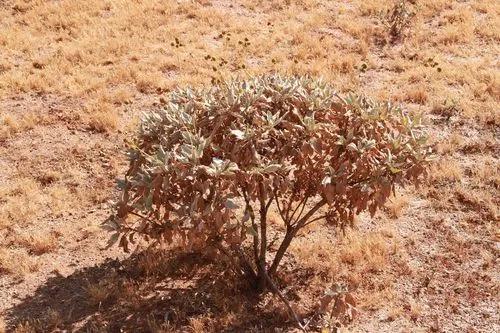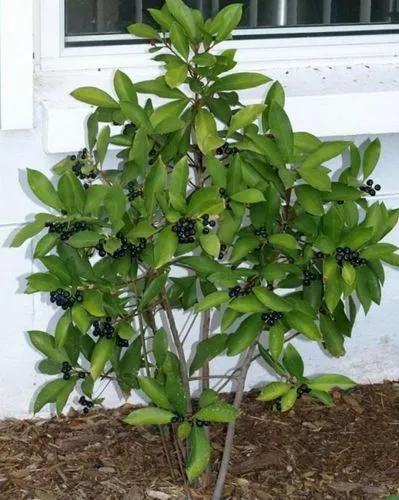Trema micrantha is an evergreen or semideciduous shrub or tree with a dense, wide, oblong crown; it can grow 5 - 15 metres tall. The bole can be 20 - 40cm in diameter and free of branches for up to 4.5 metres. The tree is harvested from the wild for local use as a medicine and source of a fibre and wood. It is a good pioneer species that can be used for restoring native woodland and also for establishing woodland gardens.
Jamaican Nettletree Care
Trema Micrantha



Trema micrantha, the Jamaican nettletree or capulin, is a plant species native to warmer parts of the Western Hemisphere. It has been reported from Mexico, Central America, Bolivia, Argentina, Colombia, Ecuador, French Guiana, the Virgin Islands, Guyana, Venezuela, Suriname, Peru, Paraguay, Jamaica, Cuba, Hispaniola, Puerto Rico, and southern Florida. In Florida, it has been collected in 10 of the state's southern counties. Trema micrantha is a shrub or small tree up to 10 m tall. Leaves are egg-shaped, up to 9 cm long, green on top but covered with white, woolly pubescence underneath. Flowers are greenish-white. Fruits are yellow to bright reddish-range, up to 4 mm in diameter. Following the recent local extirpation of slow-growing xalama in San Pablito, Mexico due to unsustainable harvesting driven by tourism, the Otomi people now use Trema micrantha bark strips as a raw material for making handmade amate paper.
How to Care for the Plant

Popularity

17 people already have this plant 2 people have added this plant to their wishlists
Discover more plants with the list below
Popular articles






